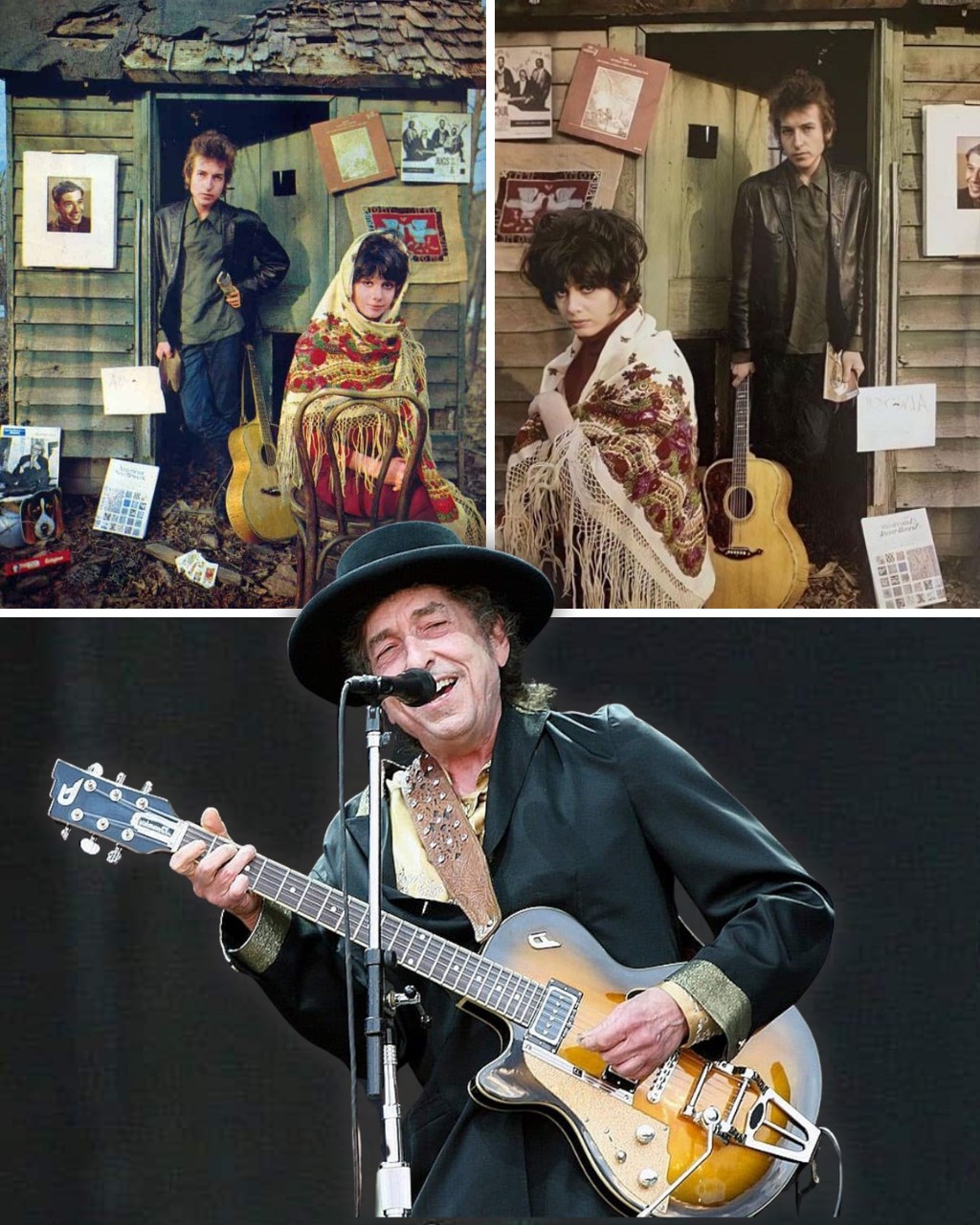David Gilmour is firmly entrenched in the pantheon of the greatest guitarists of all time. During his tenure with Pink Floyd, he helped shape the landscape of progressive rock, a genre that expanded the horizons of traditional rock by embracing experimentation, grandeur, and emotional depth. While his influence is undeniable, what many may not realize is that much of his iconic sound was born from an insecurity he carried throughout his career.
Gilmour has always been candid about his self-doubt as a player, and in many ways, that vulnerability became the source of his innovation. Art often thrives on a sense of imperfection — it’s the itch that compels artists to evolve. For Gilmour, the feeling that he was lacking in some essential technical ability didn’t hinder him; instead, it pushed him to find his own voice.
Speaking to The Daily Telegraph in 2002, Gilmour revealed a surprising struggle: “I just have not got very good coordination between left and right hand.” For a guitarist known for crafting some of the most moving solos in rock history, such a statement seems contradictory. Fans might scoff and say, “Really? The man behind Comfortably Numb thinks he’s uncoordinated?” But this perceived flaw was very real to him.
He also admitted that his fingers were “very slow,” which meant he couldn’t keep up with the flashy, fast-fingered styles of many of his peers. “I couldn’t do what all these other guitar players could do,” he said, “so I had to do something different.”
That moment of clarity marked a turning point. Rather than attempting to mimic the high-speed riffs popular at the time, Gilmour leaned into melody and emotional nuance. He carved out a sound that was uniquely his own — one rooted in atmosphere, feeling, and space. It’s precisely this approach that made Pink Floyd’s music resonate so deeply and gave Gilmour his distinct identity.
“My way was trying to create guitar melodies over what we did,” he reflected. This melodic focus didn’t just suit him — it defined the sound of an era. Gilmour’s introspective journey toward embracing his limitations ultimately became the catalyst for his brilliance, turning a self-diagnosed shortcoming into a lifelong strength.





